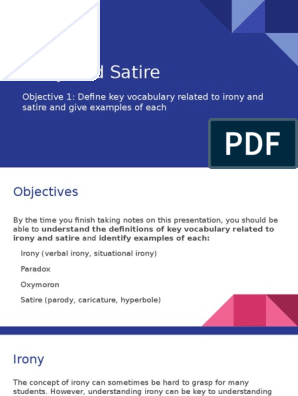0% found this document useful (0 votes)
330 views13 pagesTypes of Poetry
This document provides an overview of poetry, including definitions, history, and genres. It discusses how poetry is distinct from prose in its use of figurative language, symbolism, rhythm, and emphasis on emotional experience over factual information. The document then summarizes several common genres of poetry like narrative poetry, sonnets, lyrics, elegies, and folk poems. It provides examples of subgenres within some of these categories, like Petrarchan and Shakespearean sonnets.
Uploaded by
Anupama GodakandaCopyright
© © All Rights Reserved
We take content rights seriously. If you suspect this is your content, claim it here.
Available Formats
Download as DOCX, PDF, TXT or read online on Scribd
0% found this document useful (0 votes)
330 views13 pagesTypes of Poetry
This document provides an overview of poetry, including definitions, history, and genres. It discusses how poetry is distinct from prose in its use of figurative language, symbolism, rhythm, and emphasis on emotional experience over factual information. The document then summarizes several common genres of poetry like narrative poetry, sonnets, lyrics, elegies, and folk poems. It provides examples of subgenres within some of these categories, like Petrarchan and Shakespearean sonnets.
Uploaded by
Anupama GodakandaCopyright
© © All Rights Reserved
We take content rights seriously. If you suspect this is your content, claim it here.
Available Formats
Download as DOCX, PDF, TXT or read online on Scribd
/ 13

























































































